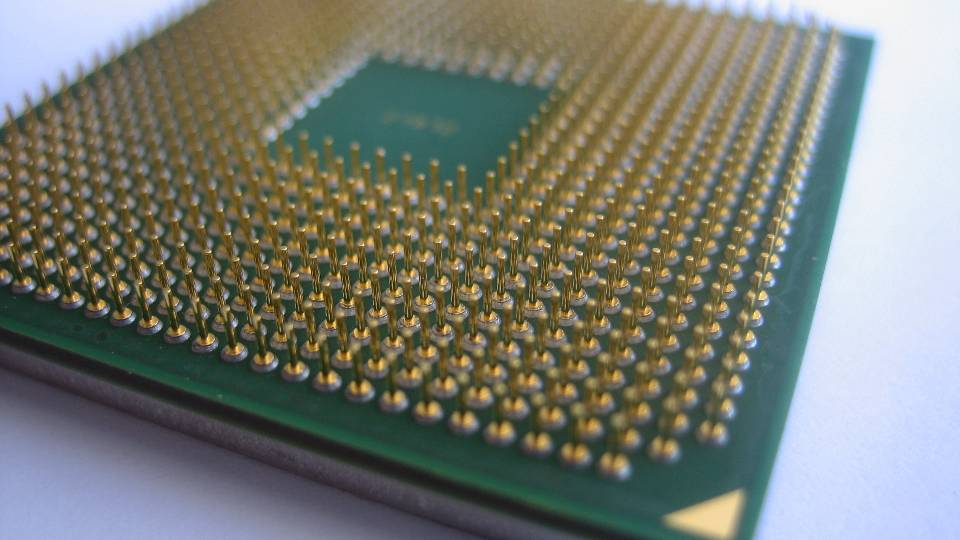
Researchers from North Carolina State University in collaboration with Intel have come up with a method that significantly boosts the communication between cores of a processor.
Processors powering today’s computers and mobile devices rely on multiple cores that work together to tackle workloads. This is currently achieved by sending and receiving software commands between cores. While this method does work, it takes time which slows down a chip’s overall performance.
Researchers at NC State knew they could do better.
With help from Intel, the team created a new chip design that replaces the aforementioned software middleman with an integrated hardware solution that accelerates communication between cores.
Yan Solihin, a professor of electrical and computer engineering at NC State and co-author of a paper on the matter, calls the approach the core-to-core communication acceleration framework (CAF). According to the professor, CAF improves communication performance by two to 12 times which translates to execution times – from start to finish – that are at least twice as fast.
The magic behind the CAF design is a small device attached to the processor called a queue management device (QMD) that, in addition to keeping track of communication requests between cores, can perform simple computational functions. Because of this, it can accelerate some basic computational functions by up to 15 percent.
Solihin said his team is currently looking to develop other on-chip devices that could accelerate additional multi-core computations. Their work will be presented in a paper titled, “CAF: Core to Core Communication Acceleration Framework” at the 25th Annual Conference on Parallel Architectures and Compilation Techniques in Israel on September 11.